The Truth About Toxic Teapots and Products Made in China
TEATIME NOTES
Find tips, recipes, and articles to increase your delight and enjoyment of tea.
The Truth About Toxic Teapots and Products Made in China
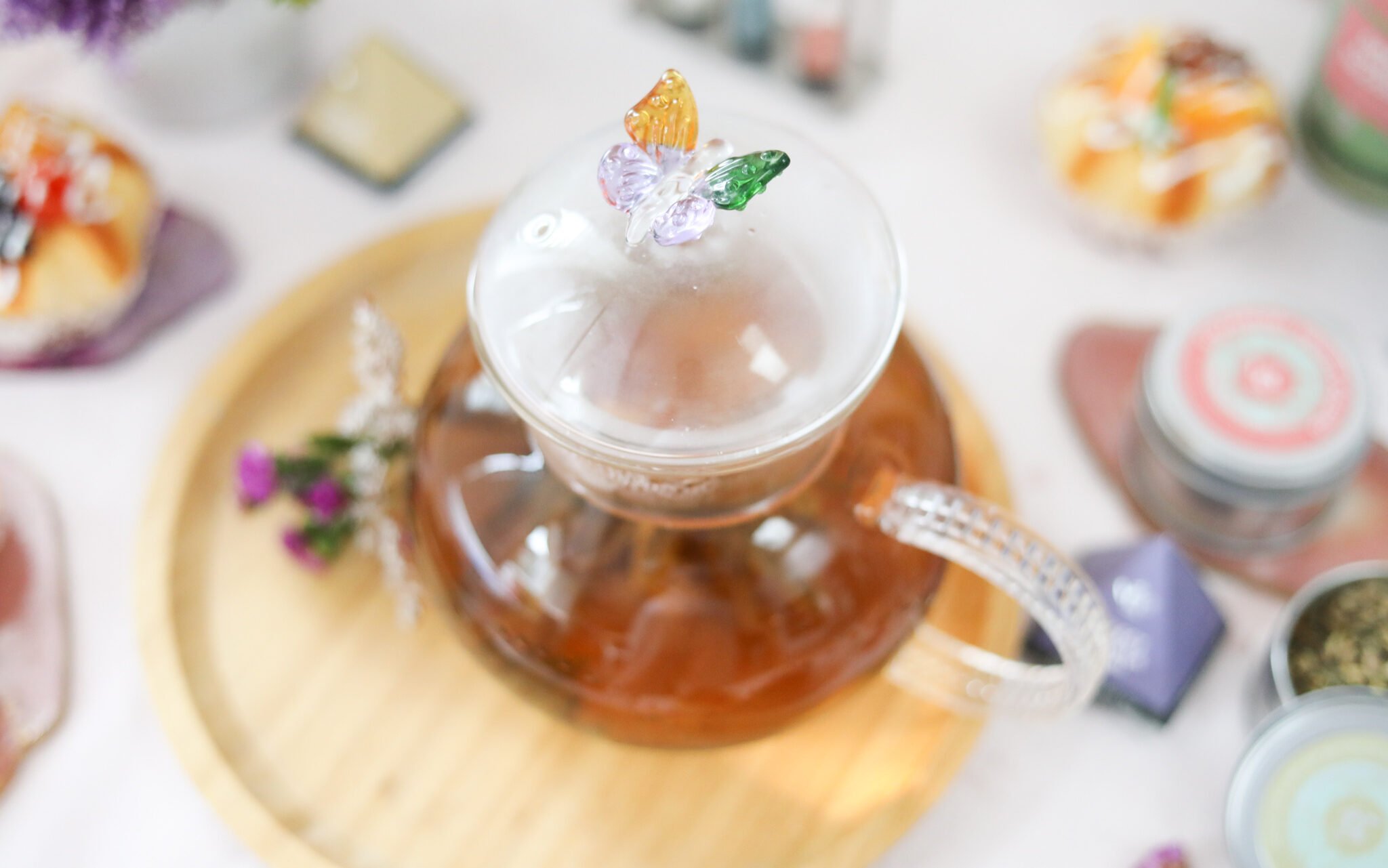
The Best Tested Material To Replace Your Porcelain Teaware
Are you concerned about products and teaware that are made in China? Should you be?
When it comes to clothing, jewelry, and even food, there is a lot of debate and opinions about whether or not it’s safe to buy items made in China. Making products overseas lowers prices for you, and there’s so much that’s made in China that buying their merchandise seems unavoidable. So much of what you use is made overseas.
But while lower prices make you smile, you still might worry about the long-term effects of some things you buy. This might be especially true for dinnerware and drinkware that comes directly into contact with things you eat.
You worry about the possibility of there being toxic chemicals or contaminants in the materials of your plates. You try not to think about your beautiful hand-painted porcelain teaware. Is it safe?
Fortunately, there are things you can do to avoid toxins that may be found in teaware and tableware. But does this mean you have to avoid all items that are made in China?
Why Are People Against Products Made in China?
Back in the day, items that were made in China held cultural value and were made with quality in mind. When China became the world’s top producer of goods, many large companies started to outsource their manufacturing overseas. But a lot of the negative feelings consumers hold against Chinese-made products have a lot to do with how stories have been presented in the media throughout the years.
Studies show that negative or positive messaging can drastically change people’s opinions about how they perceive products that are made in China. Unfortunately, much of the media’s messaging for products made in China is negatively framed. The result is that you might believe that products that come from China are of lower quality than other countries — or maybe even more dangerous. But is this true?
Is it Safe to Buy Products and Teaware from China?
China seems to get the bulk of the bad reputation when it comes to imported goods. News stories highlight lead paints used in children’s toys, toxins used in capsules, and other contaminants used without the knowledge of the companies who place the orders.
China is the world’s largest manufacturing country, and it’s true that some factories do not adhere to good practices or standards. But this isn’t true of all or even most of the manufacturers in China.
The truth is that just because an item is made in China doesn’t mean it’s of lower quality or made with bad materials. And just because an item is made outside of China doesn’t mean it’s better than the Chinese equivalent. Items made outside of China can contain those same harmful toxins that you fear.
The truth is an enormous number of manufacturers in China create quality, toxic-free teaware, and tableware. But these manufacturing standards depend on the factory itself, not the country they are made in.
Toxic and chemical-heavy products have more to do with individual factories as opposed to the country in which they are made. Products that are made in China are generally as safe as other countries. And some countries with better reputations make products that are incredibly toxic.
Fine crystal tableware is made throughout Europe, but it’s also made with very heavy amounts of lead. Hand-painted plates and porcelain ware from Mexico, Turkey, and other countries can also contain glazes that are made with toxic chemicals. Both quality and badly made teaware and dinnerware come from all over the world.
The fact is, you should always check to see if your plates and teaware contain harmful toxins, even if they are made in the US. But what kinds of materials are more likely to have these toxins? How do you know if your teaware and dinnerware you use right now are safe to eat and drink from?
What to Look for in Toxic Dinnerware and Teaware
Lead and cadmium are two toxic chemicals that can cause harmful side effects including organ failure and even death in large doses. Unfortunately, these toxins can be found in a lot of porcelain, terracotta, and vintage china. Even plain white plates can contain toxins.
Porcelain is a ceramic material that needs to be sealed once it’s set. In order to make it waterproof, it’s coated with a ceramic glaze. This glaze can contain toxins that could be harmful to your health.
If the paint on your hand-painted teaware or tableware feels raised, it most likely has lead in it. And if your porcelain glaze is cracked or chipped it’s likely to leach chemicals into your food or tea — especially if the liquid or food is hot. Stay away from vintage china, terracotta, and questionable porcelain. You can always test your teaware and tableware at home to see if it has any lead with a lead test kit.
What is the Best Material for Teaware?
Now you know what dinnerware and teaware materials to stay away from. But, what material should you switch to? What material is safe?
You will want to stay away from metallic and porcelain teaware if you want to prevent toxins from leaching into your tea. And the best material for your teapot is something called borosilicate glass.
Borosilicate glass is lead and cadmium-free, and it won’t leach harmful chemicals into your tea. It’s a superior material that is traditionally used for science and laboratory work and is even chemical resistant and strong enough to store nuclear waste. This revolutionary material is now being used to make sturdy, stain-free, and temperature-flexible teaware.
Borosilicate glass teaware is not only much more durable than traditional glass, but it can withstand extreme temperatures. This means you can boil water directly in your borosilicate glass teapot on a stovetop without it shattering. You can also flash-chill iced tea or store your tea in the fridge or freezer. This material is resilient.
Borosilicate glass is also tasteless and it doesn’t allow flavor to linger — unlike porcelain or metal tea pots. This means you can taste the pure and unaltered flavor of your favorite teas the way they were meant to be enjoyed. Once you drink your tea from a borosilicate glass cup you’ll never want to go back to your porcelain mug ever again.
Where to Find Borosilicate Glass Teaware
Are you ready to make the switch to durable and leach-free teaware? Are you ready to enjoy the true and pure flavors of your favorite teas? You can find your new borosilicate glass tea set here at Teabloom.
Teabloom is starting a revolution in the tea industry. With the largest selection of borosilicate glass teaware, they are cleaning up the world one responsibly-sourced teapot at a time.
Their borosilicate glass is handcrafted and made with top-quality manufacturers from around the globe. They work closely with their partners and source their single-origin USDA organic and kosher teas from responsible and transparent farms.
Explore Teabloom and find your new favorite mug or teapot. Join the clean tea revolution, today.



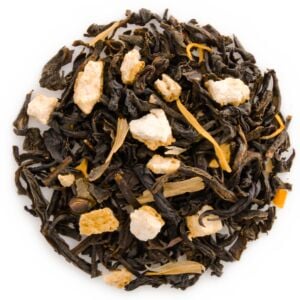
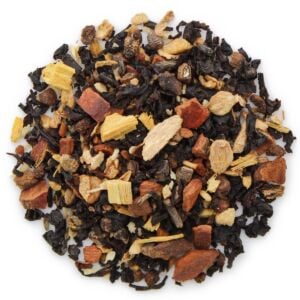
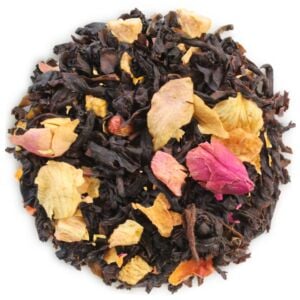

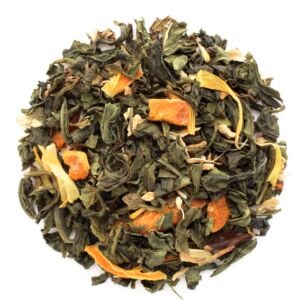
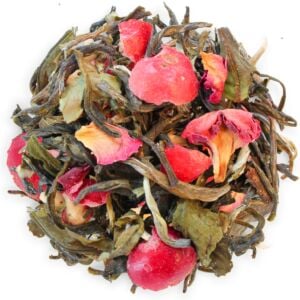
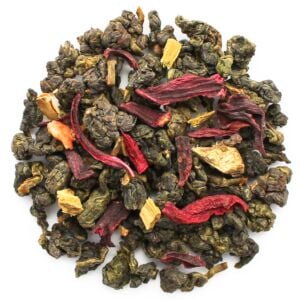
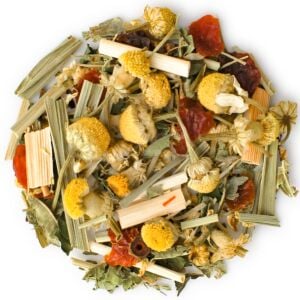
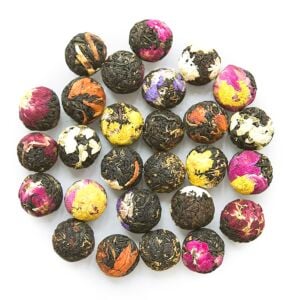


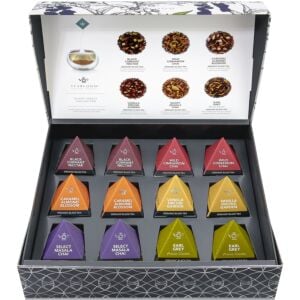
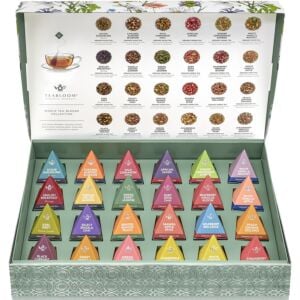



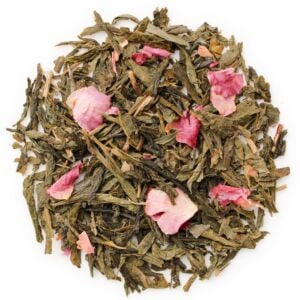

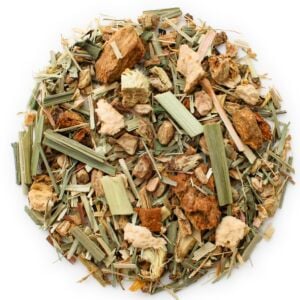

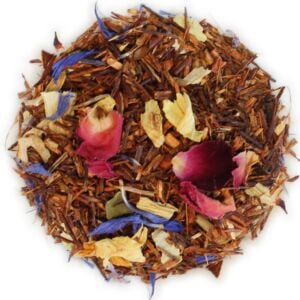
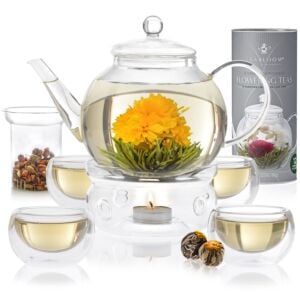
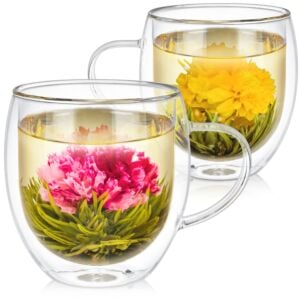
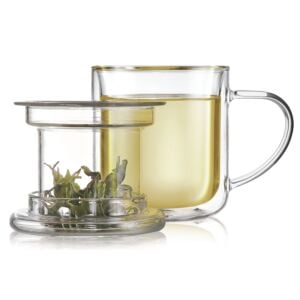
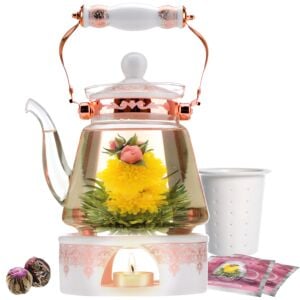
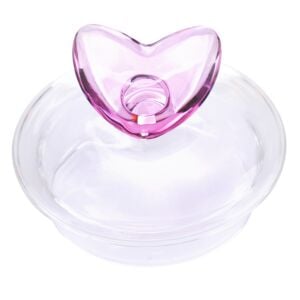
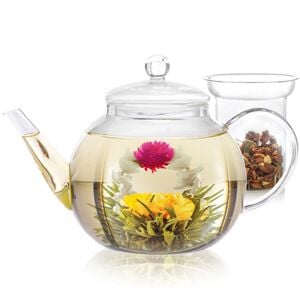


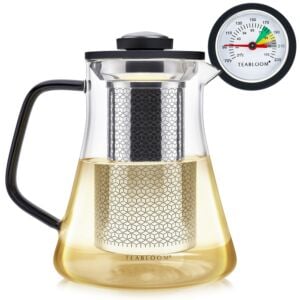
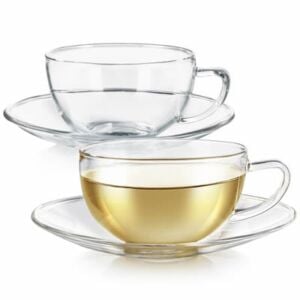
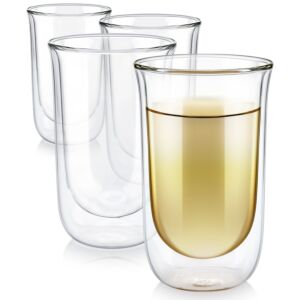
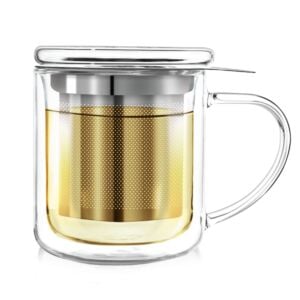
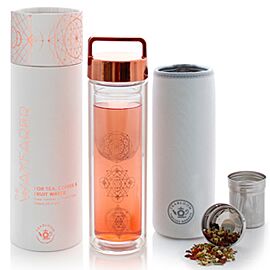

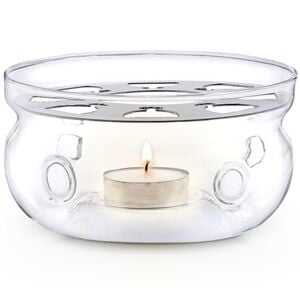
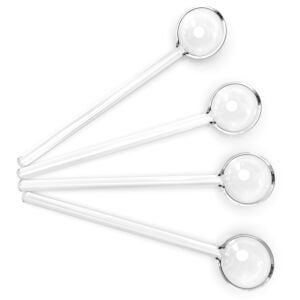
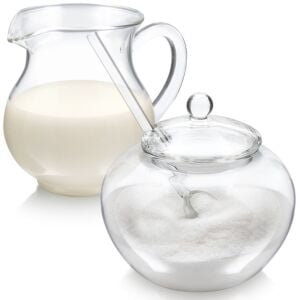
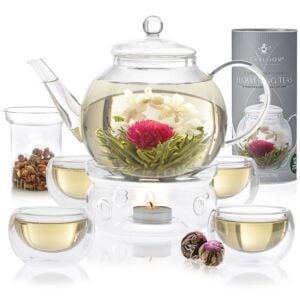
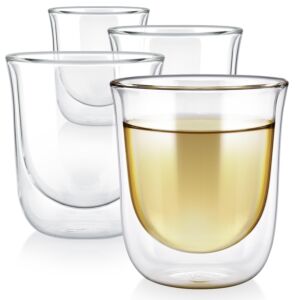


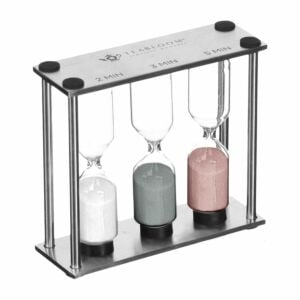
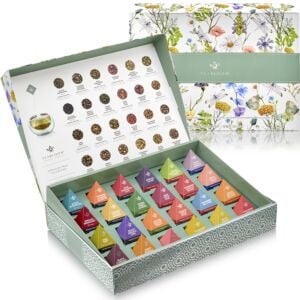

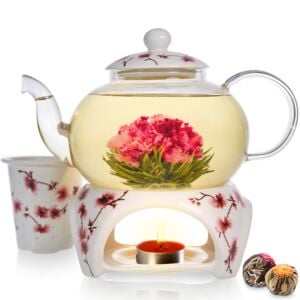
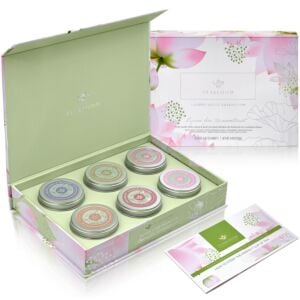

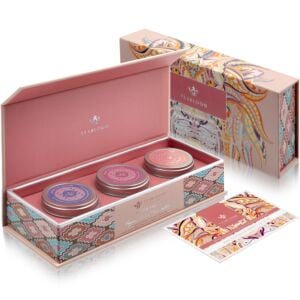



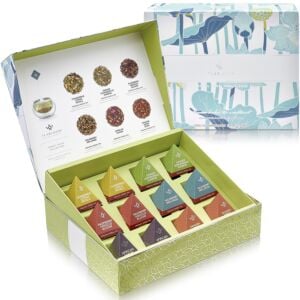
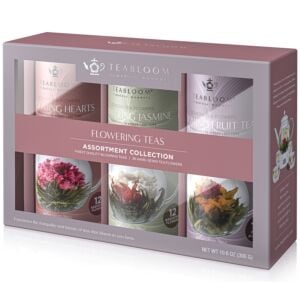


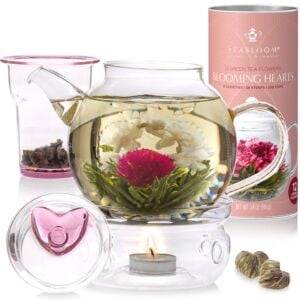

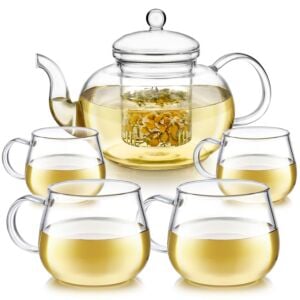



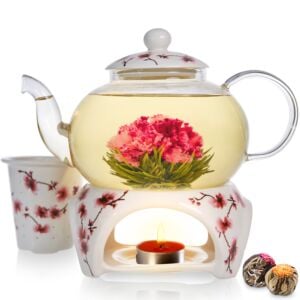
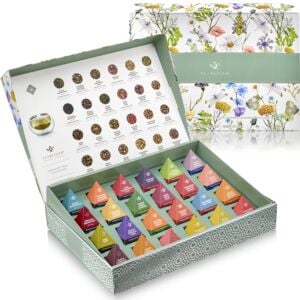
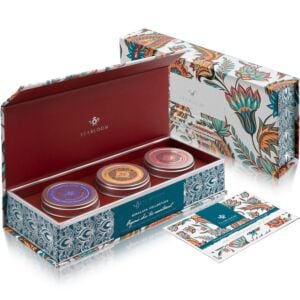
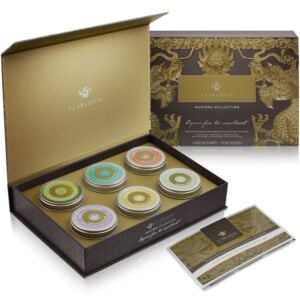


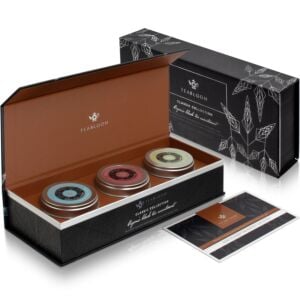



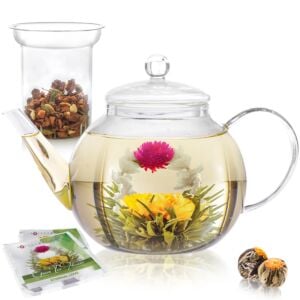
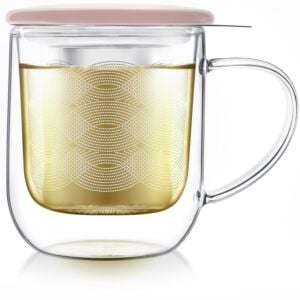

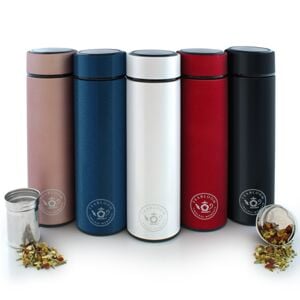
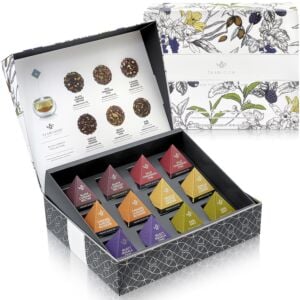


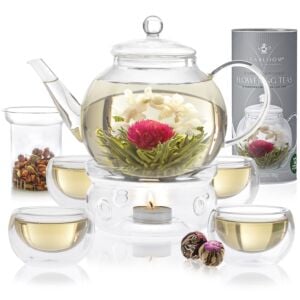
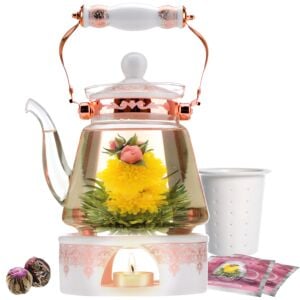
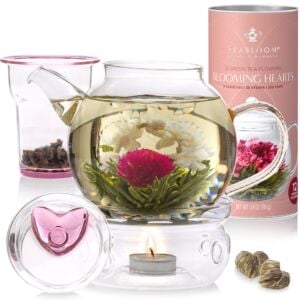


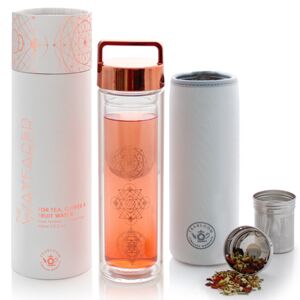

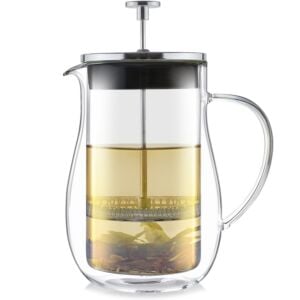

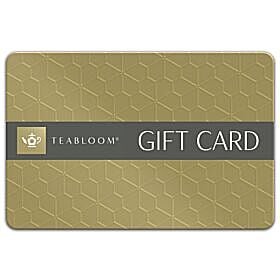
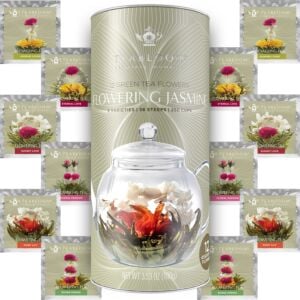


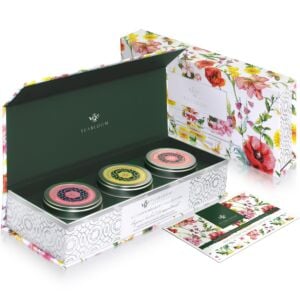



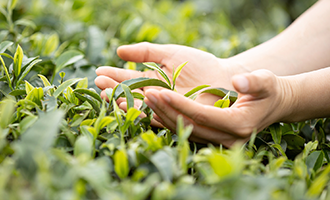
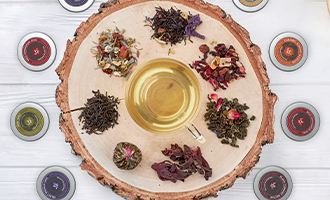




Share your thoughts